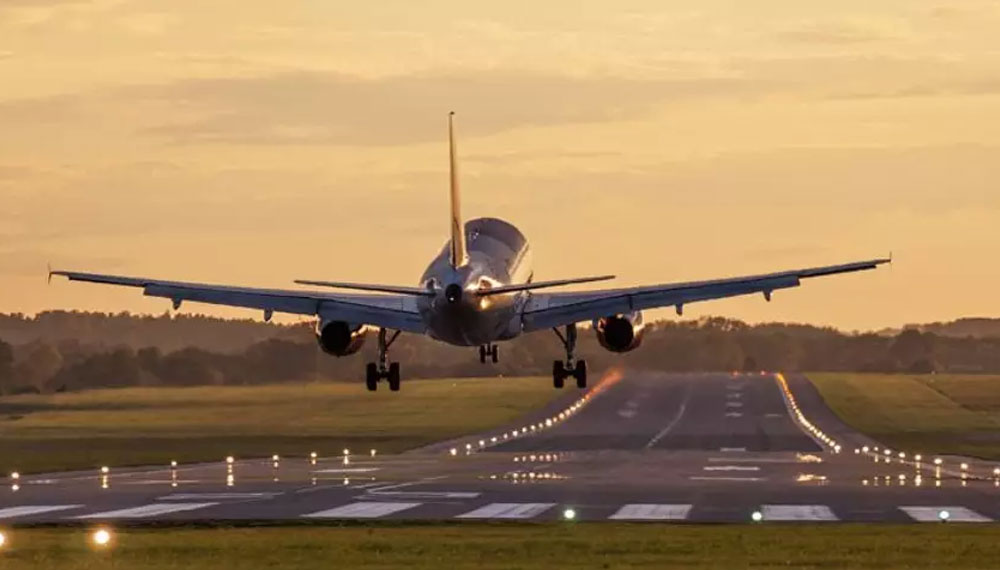The demand for air cargo is still being impacted by challenges, according to data from the International Air Transport Association (IATA) for the global air cargo markets as of October 2022.
In October 2022, cargo volumes for Middle Eastern carriers decreased by 15% year over year. Comparing this to the previous month (-15.8%), there was a slight improvement. The performance of the region was hampered by stagnant freight volumes to/from Europe. In comparison to October 2021, capacity increased by 1%.
Cargo tonne-kilometers (CTKs), a measure of worldwide demand, decreased globally by 13.6% from October 2021, -13.5% for overseas operations.
In October 2021, capacity was 0.6% lower. Despite the fact that this was the first year-on-year decline since April 2022, capacity climbed month over month by 2.4% in anticipation of the year-end high season. In comparison to October 2021, global cargo capacity increased by 2.4%.
With the exception of China and South Korea, which had a tiny increase in new export orders in October, other markets are experiencing a decline in new export orders, a leading predictor of cargo demand. A 5.6% increase in global goods trade in September, according to the most recent data, is encouraging for the world economy. With a minor boost to air freight as well, maritime cargo is anticipated to profit the most from this.
The broad real effective exchange rate for the US dollar has increased significantly, hitting its highest level since 1986 in September 2022. Air cargo is impacted by a strong dollar. Since many expenses are represented in dollars, the strengthening of the dollar adds yet another expense on top of rising inflation and high jet fuel expenditures.
In the G7 nations, the Consumer Price Index climbed marginally in October and remained at a decades-high level of 7.8%. Producer (input) price inflation dropped by 0.5 percentage points in September to 13.3%. The Director General of IATA, Willie Walsh, stated that air freight continues to show resilience despite headwinds. Albeit tracking below the excellent performance of October 2021, demand for cargo increased by 3.5% in October compared to September.
This implies that despite economic uncertainty, the year’s end will still offer the customary peak-season increase. However, as 2022 comes to a close, it seems that the current economic concerns will persist into the coming year and require ongoing vigilant observation.


































